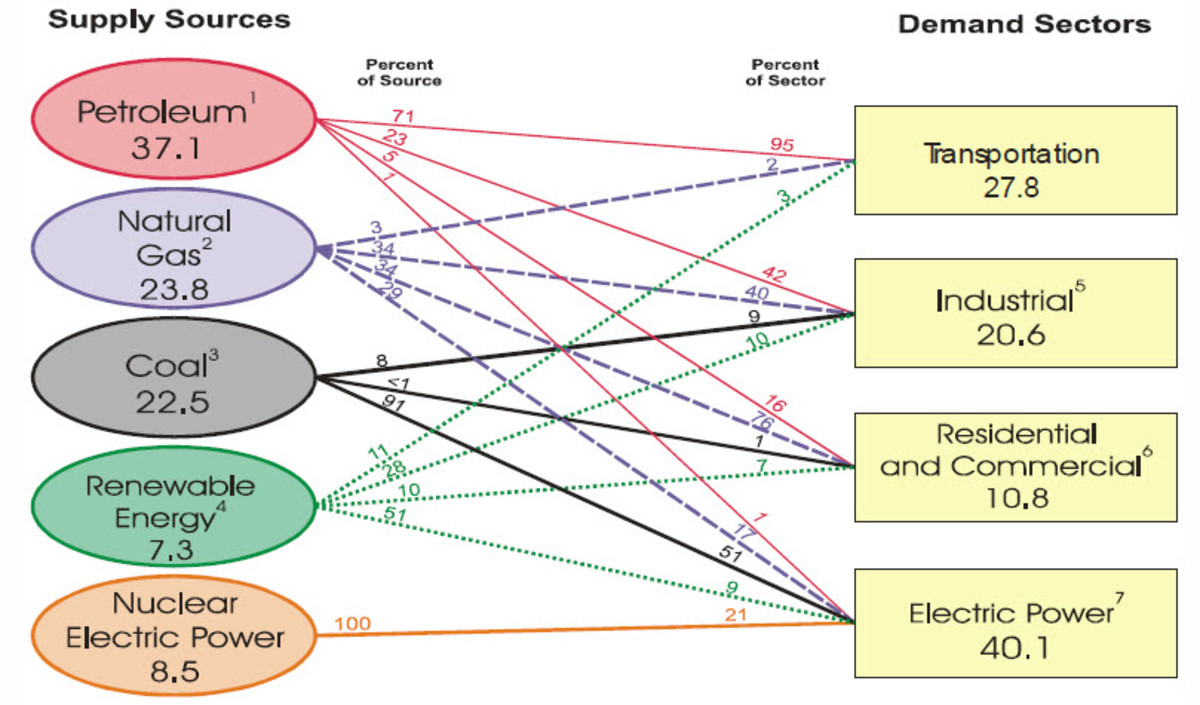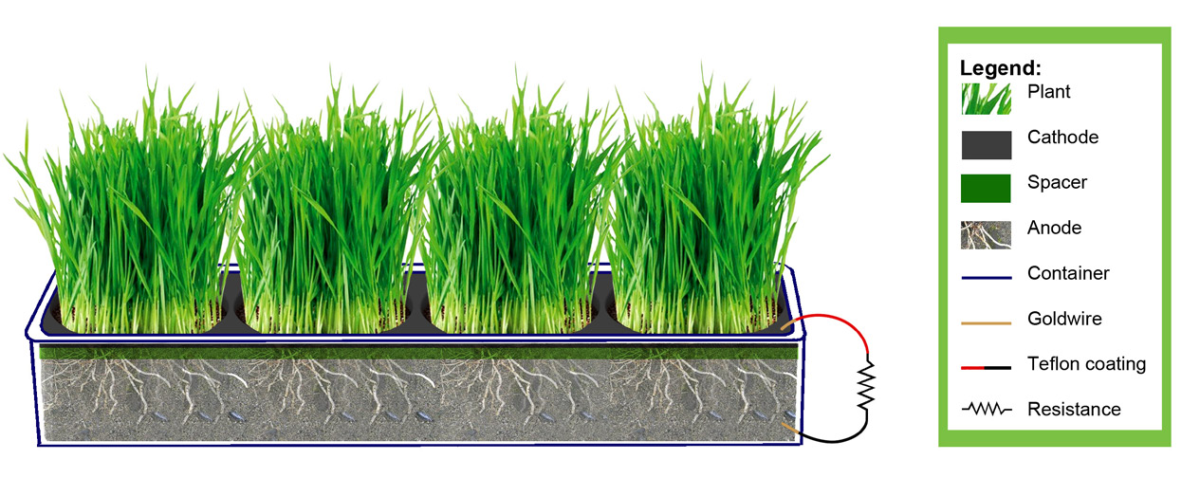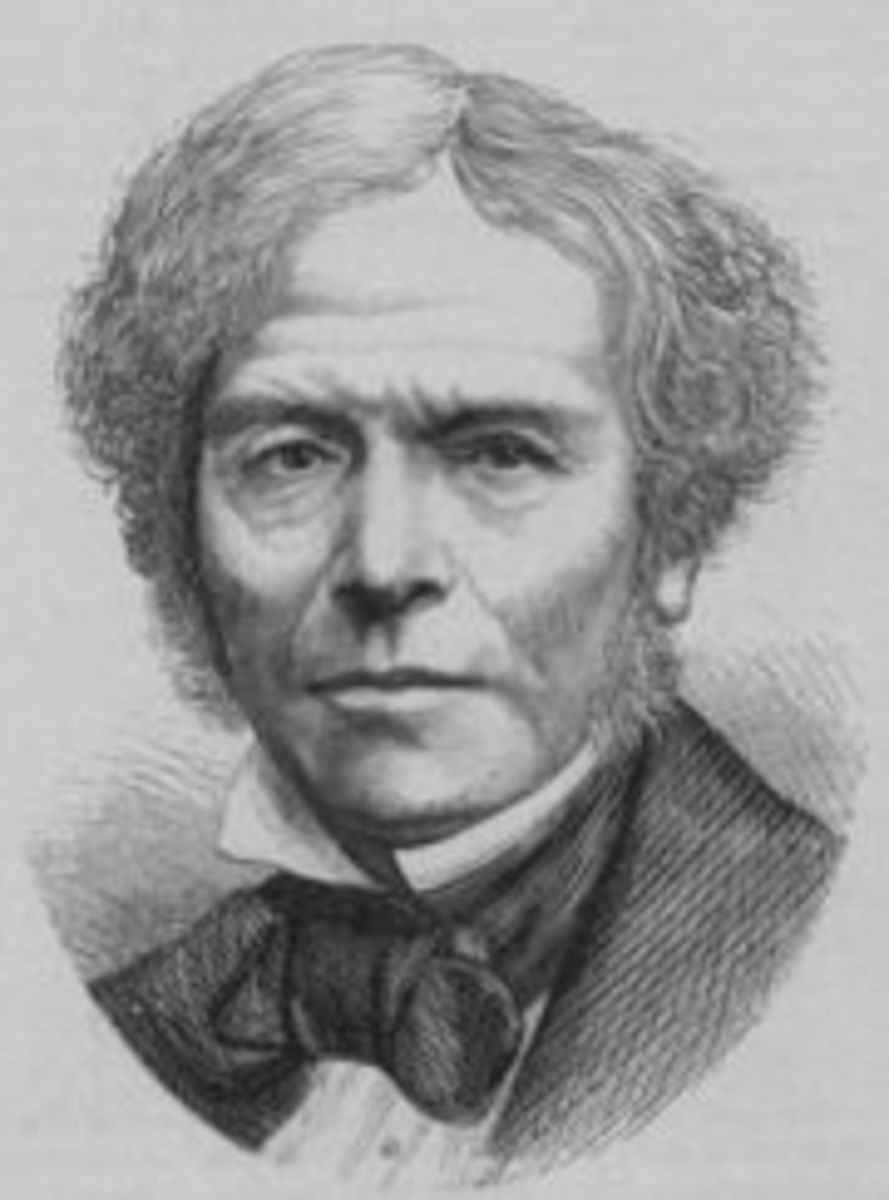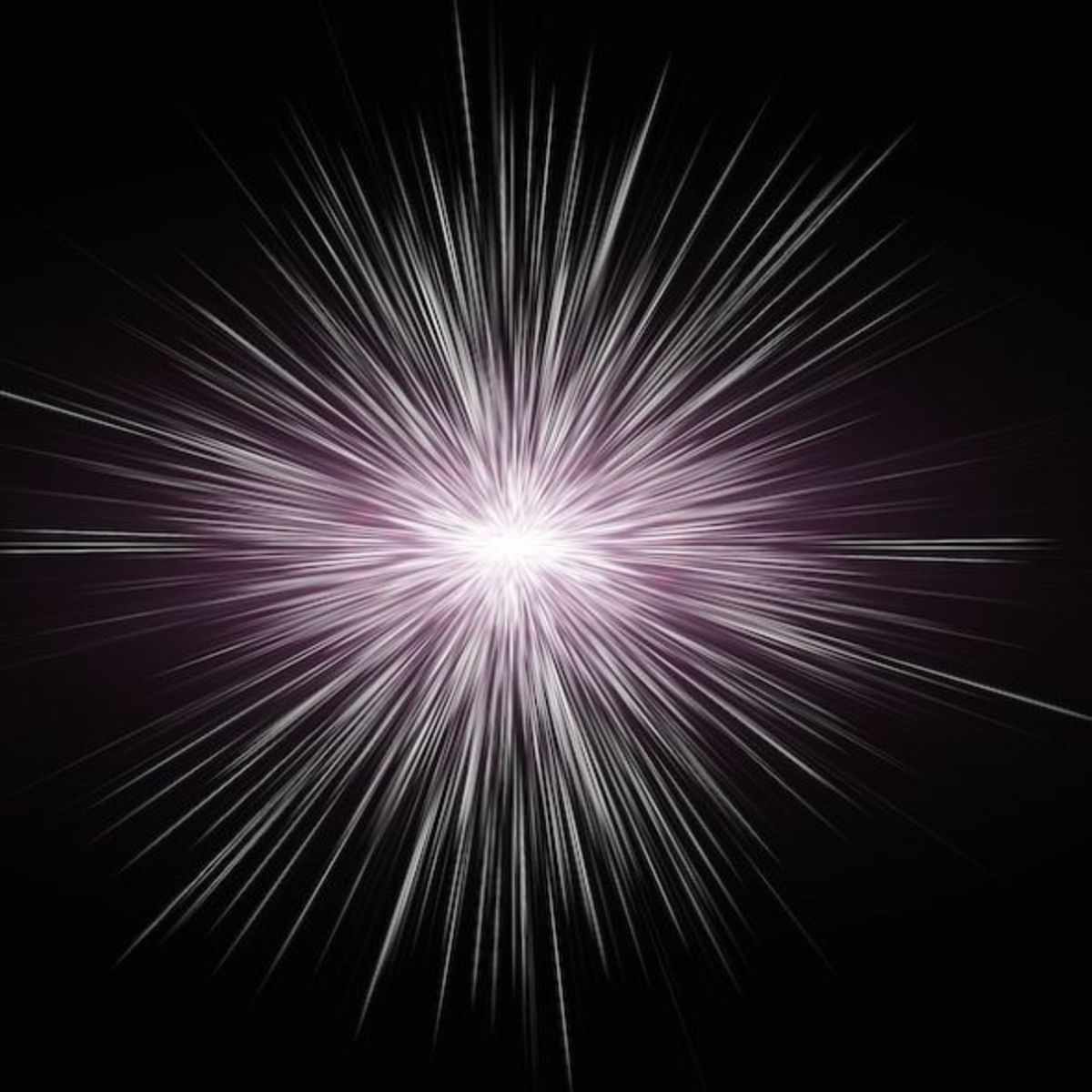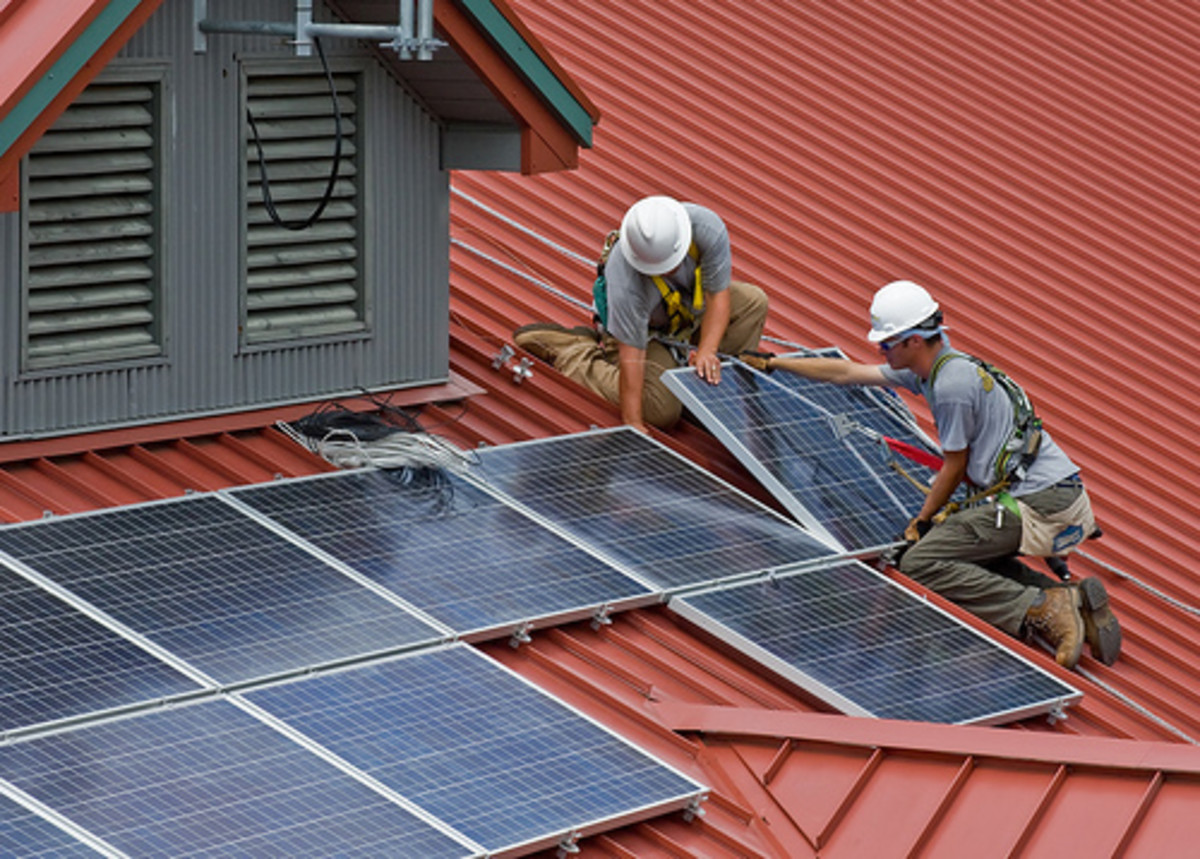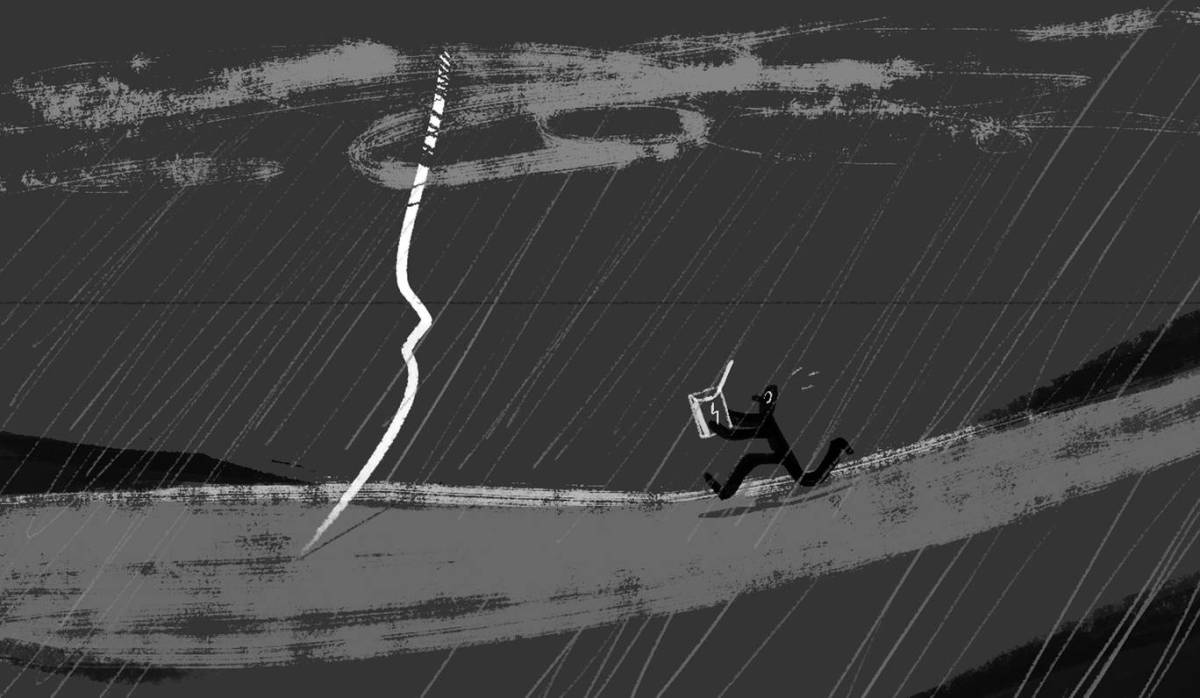Wind Energy & You
wind turbines
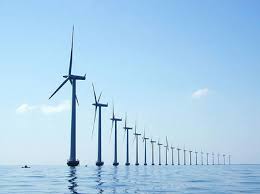
Wind Energy
Wind Turbines
Our carbon footprint is propelled by the Oxygen, air, and winds from the east, west, north, and south. Its movement of swirling, pushing, rotating, and circulating drive the earth’s forces in the sea’s and land. It is one of the most profound elements on earth.
Wind energy is vital as much as it is valuable as a resource that produces enough electricity to power cities as a whole. In some countries it is produced for entire cities and that it also could be done and produced for a single residences. The wind turbine was invented before the weather or wind directional in 1887 by a Scottish electrical engineer (http://wiki.answers.com/Q/Who_invented_the_first_wind_turbine_and_why).
The United States however really didn’t use wind energy until the 1970’s when there was a oil shortage. The Governments both local and national started to look for energy systems that could sustain the community cleanly and more efficiently when they installed wind turbine farms to ease the burden of oil dependency for many municipalities. Just like many country homes, cottages, barnyards, and farms have had the wind turbines that were invented to harness the wind for directionals and weather predictions. In the 1970's the electricity generator was engaged in the U.S. and it was introduced into the mix of new energy systems.
Children today learn more and more about clean energy systems and they could also find out why the wind energy turbines are important to the environment by accessing sites like this one (http://www.ehow.com/facts_4926970_wind-energy-facts-kids.html) to become better educated in its use.
Today, there are approximately 20,000 in the US that harness winds for wind farms some in numbers of 25-35 wind turbines per farm. The turbines stand at approximately 413 feet and a diameter of 126 meters; they produce about 7.58 MW (megawatts). There are US manufacturers that could reduce the rate or price for customers in rebates that they could be purchased in a smaller scale model to fit a homeowners land. Turbines are currently used in businesses, residences, and organizations in addition, to some of the communities in developing nations and here in the United States.
If you are a Californian and have traveled the route to Las Vegas, Nevada you may have crossed the path of a Wind Turbine Farm that powers the electricity for about 5% of California’s electricity needs along the paths of Tehachapi, Kern County, Solano, Contra Costa and Riverside Counties in California. There are five major wind farms that have different capacity levels ranging from 315 MW (Imperial County) to 1020 MW (Kern County). The megawatts range in 4,600 and plus of renewable energy for Californians. The winds turbines help lower the electrical bills for Californians. Especially the big projects like the Alta Wind Energy Center in Kern County, California with a 1020 Megawatt capacity.
Since 2001 Wind turbine generation was at 1683 Megawatts and has now surpassed installed turbines to 5600 Megawatts installed.
The Wind Turbines can rotate on eight mile per hour winds in the day or night and it would fuel the capacity for electricity generation.
The wind turbines are not only found on land for land use and energy harnessing, but it is used offshore to generate electricity. Turbines can also be a decoration and could be adorned like the Watts Towers to emphasize the mosaic pieces and re-usable energy being used in construction of a unique tower of artistry. There are many unique and fantastic towers and homes being constructed with artistic pieces emphasizing renewable energy and re-use of material elements.
Renewable and new energy technology is the newest up and coming innovative energy in the economic horizon with new job and career opportunities that pay well for engineers in the industry. This type of technology is still in its infancy and the industry has not penetrated the United States in moving the economy forward in small, medium, and big businesses that it could make a savvy and capable entrepreneur very wealthy and successful. There are also rebates and energy upgrades and reductions that could be utilized through some of the programs that General Electric offer to customers. As a matter of fact the United States is not as technologically advanced in engaging this technology such as other countries like Denmark who supply 20% of their populations energy Worldwide.
Volume 2, Issue 4, May 13, 2013

